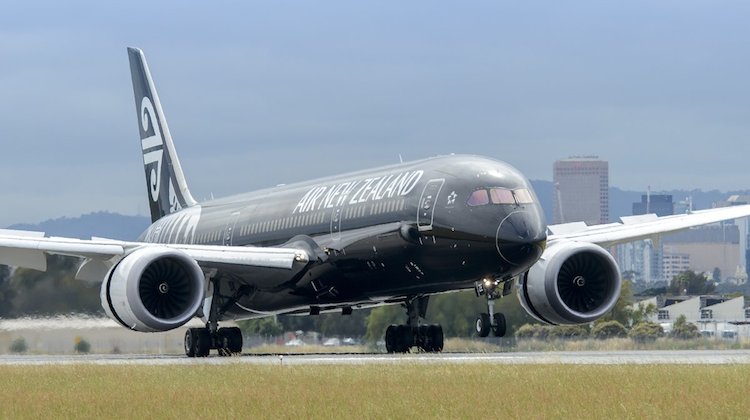Air New Zealand says it has leased two widebodied aircraft to help replace capacity being lost through the forced withdrawal of some Boeing 787-9s due to engine issues.
The airline said on Monday an Airbus A330 and A340 would operate between Auckland and Perth, as well as some Auckland-Sydney flights, starting next week.
The pair of airframes is being wet-leased from Portugal-based charter company Hi Fly, which will supply the aircraft, pilots and cabin crew, Air New Zealand said.
The Hi Fly website shows the company has a mixture of A330-200s and A330-300s in its fleet seating between 298 and 347 passengers in a two-class configuration, while it also had A340-300s and A340-500s which 237 and 300 seats in a two- or three-class layout.
On December 7, Air New Zealand said it had been forced to cancel some international flights and retime others in response to two incidents involving the Rolls-Royce engines on its Boeing 787-9 aircraft.
On both occasions, the aircraft were forced to turn back to Auckland after the New Zealand Transport Accident Investigation Commission (TAIC) said their crews were as“alerted to abnormal indications on one of the engines”.
Media reports suggested passengers felt the aircraft shake and the electrical power was lost in the cabin for a moment amid some loud noises.
The TAIC said on its website it was investigating both incidents, which was understood to involve the failure of some turbine blades on the Trent 1000 engines.
Air New Zealand said at the time the move to withdraw the aircraft was made after advice from Rolls-Royce that the Trent 1000 engines required maintenance “sooner than previously indicated”.
“Rolls-Royce does not have any replacement engines available while this maintenance work is undertaken which means some schedule changes are unavoidable,” Air New Zealand said on December 7.
Air New Zealand general manager for customer experience Anita Hawthorne said about 4,500 customers had been affected by the cancellations and delays so far.
However, Air New Zealand would be able to operate a “near normal timetable” once the two Hi Fly aircraft are in service, she said.
“We are acutely mindful of how important travel is to so many of our customers at this time of year and we are committed to ensuring we connect people with family, friends and the experiences they are looking forward to,” Hawthorne said.
“Equally, it is a critical time of year for our cargo customers, so giving them certainty to be able to continue to move goods internationally is important.”
The issue with the turbine blades is not isolated to Air New Zealand. Previously, Japan’s All Nippon Airways (ANA) had to conduct a major replacement program of its Trent 1000 engines on its 787 fleet.
Meanwhile, UK-based The Independent reported British Airways and Virgin Atlantic had also temporarily replaced some scheduled 787-9 flights with other aircraft or cancelled services to have the necessary checks carried out.











